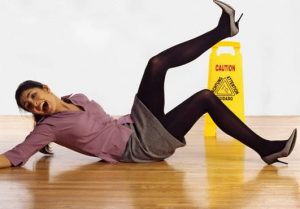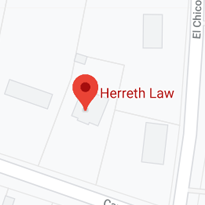 Every year, slip-and-fall incidents seriously injure millions of people. Older adults are particularly at risk. These victims are more likely to fall and also more likely to sustain a debilitating injury. Furthermore, many older adults are so afraid of a repeat fall that they essentially become recluses.
Every year, slip-and-fall incidents seriously injure millions of people. Older adults are particularly at risk. These victims are more likely to fall and also more likely to sustain a debilitating injury. Furthermore, many older adults are so afraid of a repeat fall that they essentially become recluses.
Other victims must deal with similar injuries. So, compensation in slip-and-fall cases is often substantial. The damages normally include money for economic losses, such as medical bills, and noneconomic losses, such as pain and suffering.
A recent Texas Supreme Court case substantially changed the legal landscape in this area. Some elements of a slip-and-fall claim are the same, and some are different.
Carryover Provisions
The first step in a slip-and-fall claim, or pretty much any other personal injury claim, is establishing duty. To do so, Texas uses a classification system based on ancient common-law principles.
-
Invitee: Most slip-and-fall victims are invitees. The owner invited them, either directly or indirectly, onto the property. Furthermore, their presence at a given place confers an economic or noneconomic benefit on the owner. As a result, the owner has a higher duty of care in these instances. The owner must ensure that the property is reasonably safe for invitees.
-
Licensee: Some victims had permission to be on the land but their presence creates no benefit. For example, a guest of an apartment tenant is usually a licensee. In these cases, the owner only has a duty to warn about latent (hidden) defects, such as a loose handrail.
-
Trespasser: A trespasser means no permission and no benefit. So, owners basically have no duty of care. There are some exceptions, such as the attractive nuisance doctrine.
Duty alone is not enough to establish liability. The victim/plaintiff must also establish knowledge, and this is the part of the law that recently changed.
Establishing Invitee Liability
In 2015, the Texas Supreme Court decided Austin v. Kroger. Part of this case is still being litigated. But for purposes of this blog, it appears that the 2015 holding will stand up. Unfortunately, this holding made it more difficult to obtain compensation in these cases. Austin imposed some additional burdens on the victim/plaintiff, such as:
-
Unreasonably Dangerous Condition: A serious fall is not enough. The victim/plaintiff must also prove that the hazardous condition was unreasonably dangerous. Several years earlier, the Texas Supreme Court also made this concept harder to prove.
-
Concealed Danger: Austin revived the old “open and obvious” defense in Texas slip-and-fall cases. If the defect was open and obvious, such as a colored liquid on the floor instead of a clear liquid, it’s harder to obtain compensation.
-
Knowledge: The Texas Supreme Court frowned on the time-notice rule but did not throw it out altogether. So, even if there is no smoking gun, victim/plaintiffs may still be able to establish knowledge.
At trial, the victim/plaintiff must prove every element of a negligence claim by a preponderance of the evidence (more likely than not).
Despite a recent Texas Supreme Court ruling, slip-and-fall victims are still entitled to substantial compensation. For a free consultation with an experienced personal injury attorney in Fort Worth, contact Herreth Law. Home and hospital visits are available.

